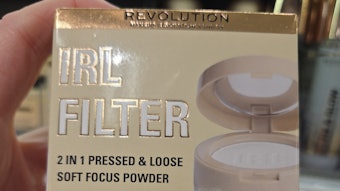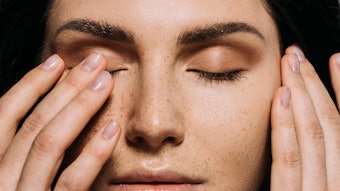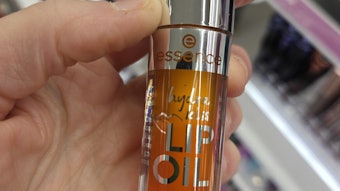
Both emulsifiers and hydrotropes are used in personal care formulas. They demonstrate several similarities but serve different functions. In this installment of our “Comparatively Speaking” series, Tony O’Lenick explores their properties.
Hydrotropes
A hydrotrope is an organic salt compound that improves the ability of water to dissolve other molecules by solubilizing hydrophobic compounds (by means other than micellar solubilization). Typically, hydrotropes consist of a hydrophilic part and a hydrophobic part, similar to surfactants but the hydrophobic part is generally too small to cause spontaneous self-aggregation.1 Examples of common hydrotropes are given in Table 1.
Hydrotropes may either increase or decrease the solubility of a solute in a given solvent. Those that increase solubility and are said to salt in the solute, and those that decrease solubility are said to salt out the solute. The effect of these additives depends heavily on their influence on the structure of water or their ability to compete with the solvent water molecules.2, 3 Hydrotropes, unlike emulsifiers, do not have a critical concentration above which self-aggregation “suddenly” starts to occur. Instead, some hydrotropes aggregate in a step-wise self-aggregation process, gradually increasing in size.
Sodium xylene sulfonate is an example of a hydrotrope. This surfactant is used in personal care products, primarily shampoos, for its ability to serve as a clarifier or wetting agent. It helps formulas to spread easily and ensure efficient cleansing. Due to sodium xylene sulfonate's dissolution capabilities, it is also added to shampoos as a thickening agent, to help suspend other ingredients and to clear cloudiness in formulas.4
Emulsifiers5
When water and oil are mixed together and vigorously shaken, a dispersion of oil droplets in water—or vice versa—is formed. When the shaking stops, the phases begin to separate. However, when an emulsifier is added to the system, the droplets remain dispersed to form a meta-stable emulsion. Unfortunately, emulsions are inherently unstable, so even with the selection of the proper emulsifier and emulsification method—which can prolong the life of an emulsion and create very functional formulations—they still split back into their oil and water phases over time.
Emulsifiers consist of a water-loving, hydrophilic head and an oil-loving, hydrophobic tail (see Figure 1). The hydrophilic head is directed to the aqueous phase and the hydrophobic tail, to the oil phase. The emulsifier positions itself at the oil/water or air/water interface and, by reducing the surface tension, has a stabilizing effect on the emulsion.
Emulsions typically are milky in appearance, although clear emulsions can be made by matching the refractive index of the oil and water phase. As noted above, systems with hydrotropes tend to be clear. Both emulsifiers and hydrotropes are used in personal care formulations, albeit for different functional properties.









